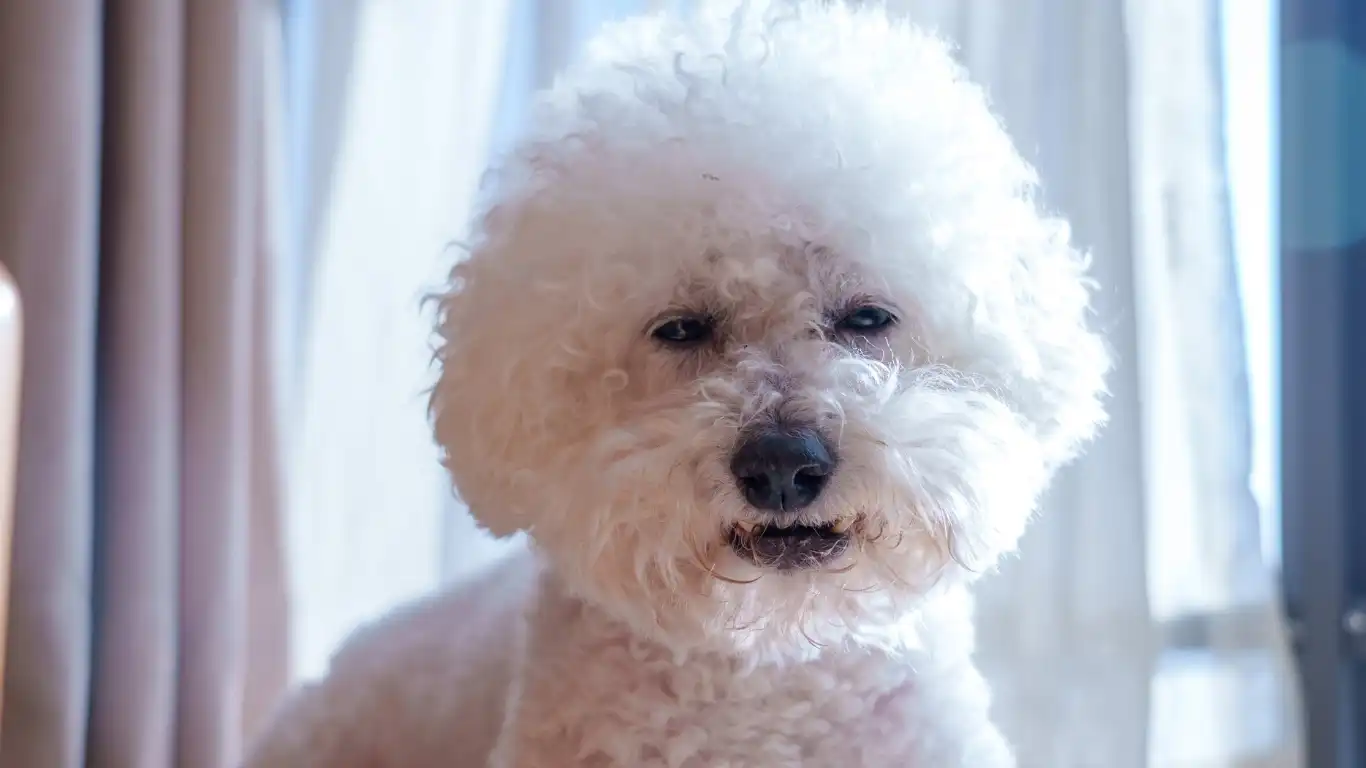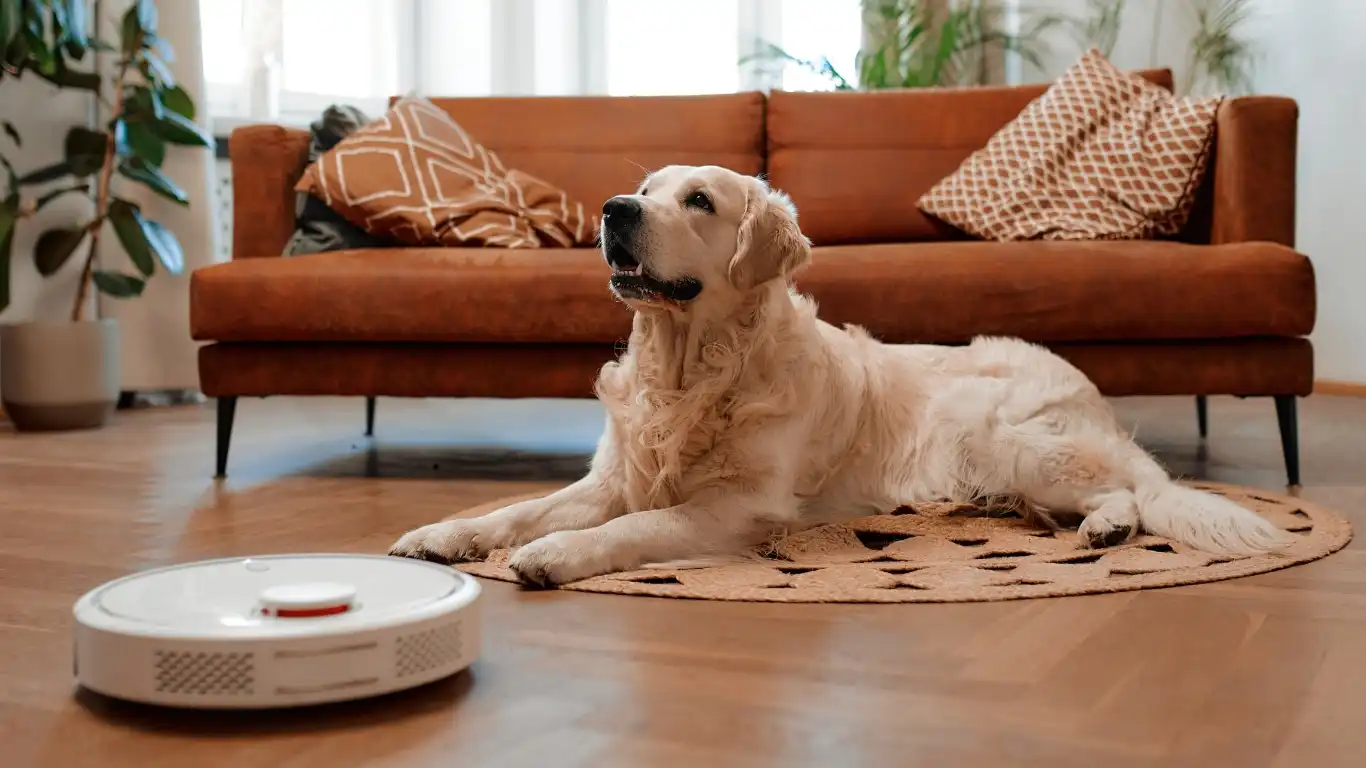Soothing Secrets: How to Create a Calming Bedtime Routine for Dogs
Ever found yourself wide awake at midnight because your pup suddenly decided it was zoomie o’clock? I’ve been there. As a Veterinary Technician/Nurse who specializes in canine nutrition, I’ve worked with countless pet parents who struggle with bedtime chaos. The good news? Learning how to create a calming bedtime routine for dogs can be a total game-changer—for both of you. With the right steps, you can turn your dog’s high-energy evenings into peaceful, tail-wagging wind-downs. Let me share what’s worked for my clients (and my own overly enthusiastic Lab, Leo).
Why Dogs Struggle with Bedtime

Just like humans, dogs thrive on structure and routine. When that’s missing—or inconsistent—it can lead to anxiety, hyperactivity, and even behavioral issues during bedtime. From what I’ve seen in clinics and with my own pups, a lot of these problems stem from a few key things:
- Too much energy left over from the day
- Inconsistent bedtime cues
- Lack of mental stimulation
- Discomfort from diet, illness, or environment
It’s not always about behavior—it can be physical or emotional too. I’ve seen dogs with poor-quality diets have trouble settling down at night, and that’s where nutrition ties right into bedtime routines. We’ll touch more on that soon.
Start with a Predictable Wind-Down Routine

Set the Mood with Environmental Cues
First things first: dogs pick up on energy and atmosphere more than we give them credit for. In my home, I start dimming the lights around 8 PM. It’s kind of like giving my dog a non-verbal signal that it’s time to shift gears. A few more calming cues to try:
- Play soft, calming music (there are actual dog-calming playlists!)
- Use a calming essential oil diffuser – lavender and chamomile are my go-tos, but always check they’re safe for dogs first
- Lower the household noise – save the vacuuming and rowdy shows for earlier in the day
Evening Walks: Not Just for Potty Breaks
This one’s huge. A light, slow-paced walk in the evening can do wonders. It’s not about burning off energy in a sprint—it’s more about helping them mentally decompress. I usually recommend a 15–20-minute walk right before dinner. The rhythm and smells calm them, and it gives them a chance to transition from day to night.
How to Create a Calming Bedtime Routine for Dogs: Build Consistency

Feeding Time Matters
I can’t count how many times I’ve helped pet parents just by adjusting feeding schedules. A full belly can make a dog sleepy, but feeding too late can lead to restlessness—or a 3 AM potty wake-up call. I recommend feeding dinner 2–3 hours before bedtime. That gives your dog time to digest and settle comfortably. Also, choosing the right food (balanced, low in fillers) helps prevent midnight discomfort.
One client had a sweet Boxer named Luna who would pace and whine every night. We realized her grain-heavy kibble was causing digestive discomfort. We switched to a grain-free formula rich in turkey and sweet potatoes—bam, peaceful nights within a week.
Stick to a Sleep Schedule
Dogs are creatures of habit. If you aim for bedtime at the same time every night, you’re helping them anticipate and adjust naturally. I even suggest a wind-down command like “Time for bed” paired with a treat or gentle petting. Over time, that becomes a familiar cue they’ll learn to respond to.
Little routines—like brushing, cuddles, or tucking them in with their favorite blanket—aren’t just cute. They build emotional security, especially for anxious pups.
Incorporate Gentle Bonding Before Bedtime

Low-Key Activities to Strengthen the Connection
This part of the routine might just be my favorite. It’s where your bond really shines through. After all, part of learning how to create a calming bedtime routine for dogs is about emotional security—not just physical rest. I usually recommend 10 to 15 minutes of mellow one-on-one time.
Some easy, no-stress bonding ideas:
- Brushing their coat – It’s rhythmic, soothing, and great for their skin and coat health
- Snuggling on the couch or bed – Depending on your sleep rules, of course
- Giving them a chew or treat toy – I love frozen banana in a Kong for a relaxing nibble
I had a senior Golden Retriever patient named Molly who wouldn’t settle until her human sat with her and rubbed her ears. That tiny bedtime ritual made all the difference. It wasn’t about the task—it was about the connection.
Mindful Use of Calming Aids

Supplements, Pheromones, and Natural Tools
In my clinic, I often recommend natural calming aids for pups that are especially anxious or reactive. These aren’t sedatives—they’re just gentle tools to help take the edge off. If your dog struggles despite your best efforts, this is something to explore (and yes, always talk to your vet first).
Here are a few options I’ve seen help:
- Melatonin or CBD chews: Use only vet-approved brands with clear dosing
- Adaptil diffusers or sprays: Synthetic dog-appeasing pheromones that mimic the ones moms release to calm puppies
- Herbal supplements: Chamomile, valerian root, and L-theanine are popular calming ingredients
One client had a high-strung rescue pup named Ziggy. We tried all the standard bedtime routines, but he still paced and barked at shadows. After introducing a vet-approved CBD chew 30 minutes before bedtime, plus some structured nighttime bonding, he finally started sleeping through the night within a week.
Nutrition’s Quiet Influence on Sleep

What’s in the Bowl Affects the Zzz’s
Here’s where my nutrition background really kicks in. The wrong diet can mess with digestion, energy levels, and even mood—all of which affect bedtime. I’ve seen some dogs become almost jittery from high-carb or overly processed kibble. Switching to a clean, protein-rich diet can work wonders for nighttime rest.
Consider these tweaks:
- Opt for high-quality proteins like salmon, duck, or turkey
- Avoid artificial additives or excess sugar (yes, some treats sneak that in!)
- Try a light, high-fiber evening meal to prevent midnight hunger or bloating
Also, don’t forget hydration. Dehydrated dogs often feel restless. I suggest keeping fresh water nearby at night but avoiding overdrinking right before bed to prevent 2 AM potty runs.
Treats That Help, Not Hype
Nighttime treats are a big part of the bedtime equation, too. Skip the high-energy chews or sugary biscuits. Go for functional snacks—calming treats with ingredients like pumpkin, turkey, or chamomile.
At home, Leo knows when it’s time for his bedtime biscuit. We use a low-fat turkey chew that smells amazing (to him) and doesn’t spike his energy. I swear, he heads to bed like clockwork just waiting for that snack.
Training Consistency Makes All the Difference
It’s Never Too Late to Start
Even if your dog’s been bouncing off the walls for years, you can still build a calming bedtime routine. The trick is being consistent—not perfect. Some nights you’ll forget the diffuser, or skip the cuddle time, and that’s okay. The goal is to create a rhythm they can count on most nights.
Over time, these tiny steps become a calming cascade. Your pup starts to associate your actions—dimming the lights, brushing their coat, giving that calming treat—with winding down. And eventually, they’ll start doing some of it on their own.
Whether your dog is a tiny terrier or a big bouncy shepherd, they can absolutely learn to chill out before bed. And honestly? Watching them snuggle up peacefully after a full day of tail-wagging adventures is one of the best parts of being a dog parent.
Make the Sleeping Space a True Sanctuary

Comfort Is More Than Just a Bed
Setting up a comfy space isn’t just about fluff—it’s about creating an environment that supports your dog’s emotional and physical needs. I always tell clients that a calming routine doesn’t end with actions; it extends to the physical space where your pup sleeps.
Here’s what I recommend for an ideal bedtime setup:
- Choose the right bed: Orthopedic beds are awesome for older dogs or large breeds. Memory foam is gold.
- Keep it in a quiet area: Ideally, somewhere low-traffic and away from household commotion.
- Add familiar items: A blanket that smells like you, a favorite plush toy, or even an old shirt can help anxious pups relax.
I remember one client with a Dachshund named Olive who wouldn’t settle no matter what. We realized her bed was right near the air vent—cold and drafty. After relocating it to a cozy corner with a warm blanket and low lighting, Olive was snoring like a champ within days.
Lighting, Noise & Temperature Matter
Ambient factors can make or break a dog’s ability to settle down. Think about how easily we’re thrown off by loud neighbors or bright streetlights—dogs are just as sensitive (sometimes more).
- Use blackout curtains if you live on a well-lit street
- Try a white noise machine to buffer sudden sounds like fireworks or passing cars
- Keep the room at a comfortable temperature, especially for breeds that are heat- or cold-sensitive
Handle Bedtime Setbacks with Patience

Regression Is Normal
Look, not every night’s going to be perfect. Dogs have off days just like we do. Teething, storms, health changes, or even stress in the household can throw things off. The key? Don’t toss the whole routine out the window when things go sideways.
Stick to your structure as best you can and offer extra reassurance when needed. When my own dog, Leo, went through a phase of waking up at 3 AM barking at the ceiling (still not sure what he was dreaming about), we added in a quick sniffing game before bed to burn off that last bit of mental energy. It worked wonders.
Track Patterns and Adjust
If bedtime drama becomes consistent, don’t just guess—track it. Note what your dog ate, how much exercise they had, and what their behavior was like before bed. Patterns usually emerge after a few days.
Some clients even use pet trackers or sleep monitoring devices to log restlessness or waking periods. If you’re really stuck, chatting with your vet or a certified dog behaviorist can shed light on the issue.
Real Talk: Every Dog Is Different
There’s no one-size-fits-all blueprint when it comes to figuring out how to create a calming bedtime routine for dogs. Breed, age, health, temperament—all of that matters. Puppies may need shorter wind-down times and more potty breaks. Seniors might need joint support and a heating pad. Anxious rescues may need extra cuddles and calming sprays.
The beauty is that once you observe and understand your dog’s unique needs, you can fine-tune a routine that really works. The key is to stay flexible, curious, and patient—just like you would with any relationship that matters.
Resources & Expert-Backed Info
Throughout my years in practice, I’ve leaned on credible veterinary sources to guide pet parents. If you’re looking for more in-depth info, here are a few trusted places to explore:
- American Veterinary Medical Association (AVMA)
- American Gastroenterological Association – great if digestion is affecting sleep
- ASPCA – solid behavioral and safety insights
- American Animal Hospital Association (AAHA)
And of course, never underestimate the value of checking in with your local vet—someone who knows your dog personally and can help tailor things just right.
Disclaimer
This article is based on my personal experience as a Veterinary Technician/Nurse with a focus in canine nutrition, alongside evidence-based practices. However, it should not be used as a substitute for professional veterinary advice. Always consult your veterinarian before introducing supplements, dietary changes, or behavior modification strategies for your dog.






